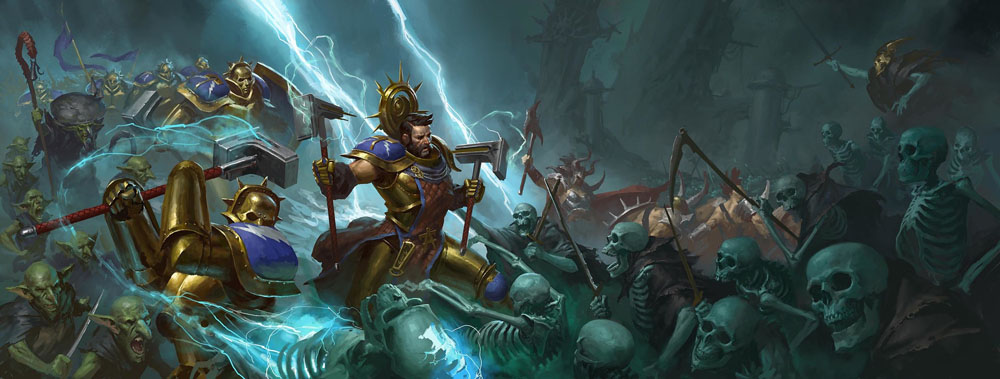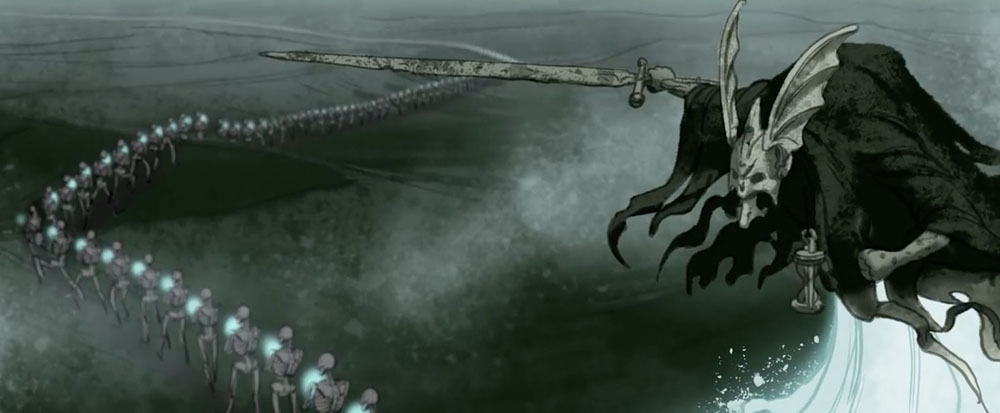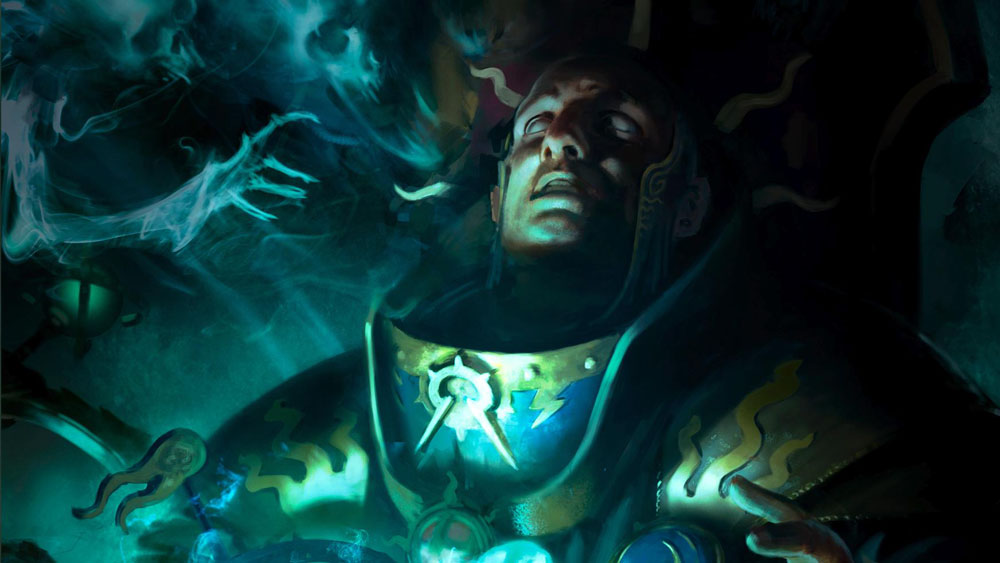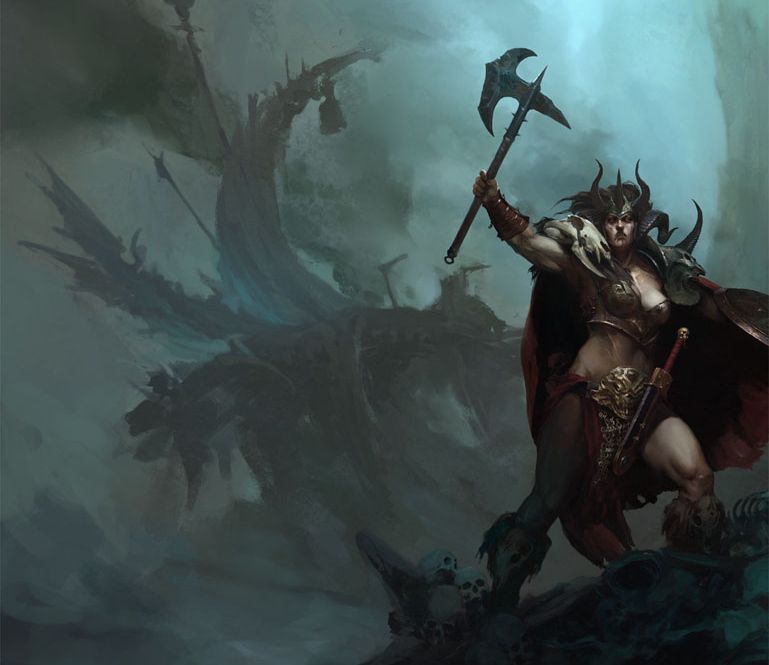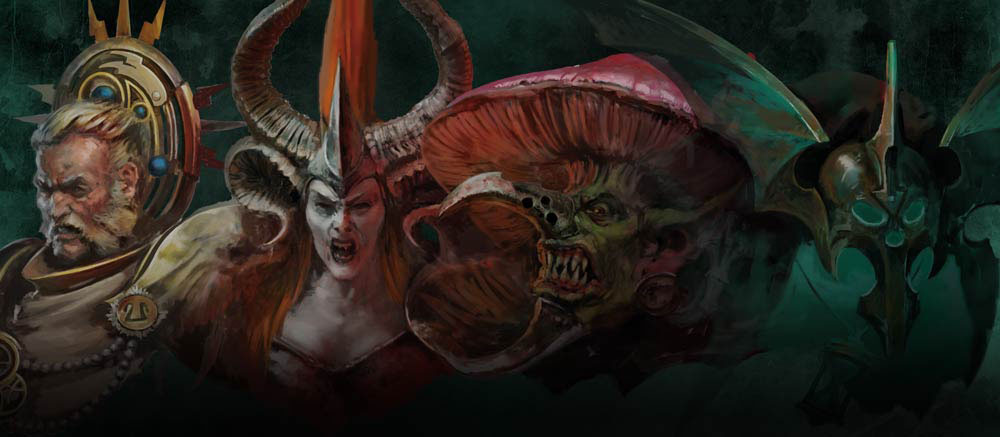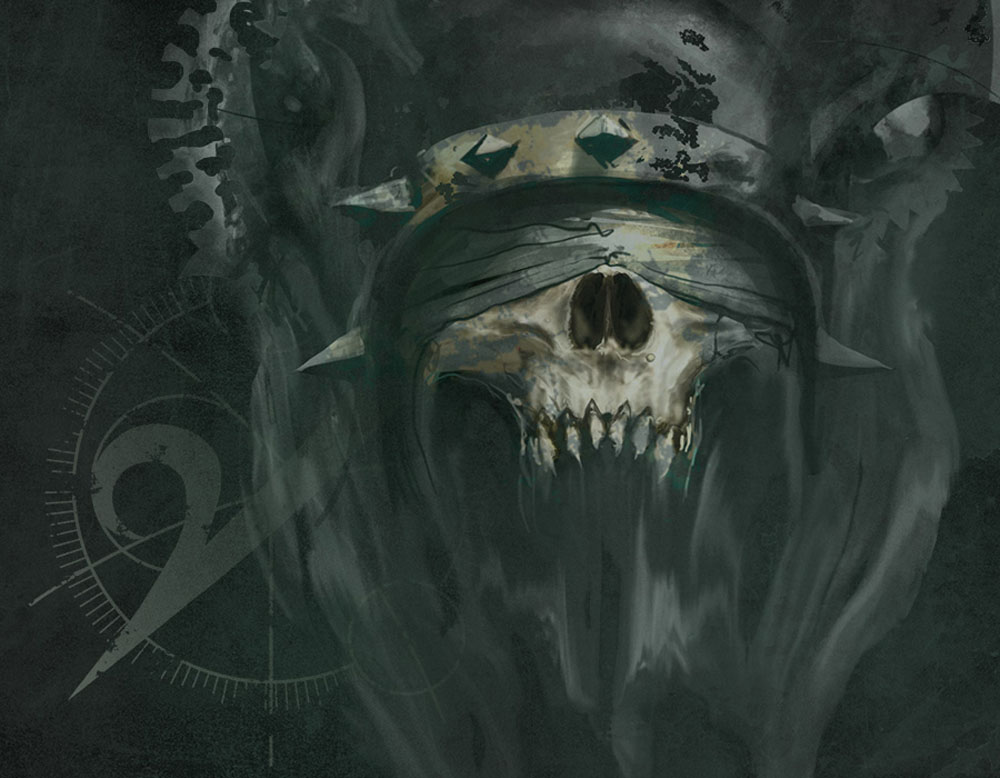Age of Sigmar enters a new stage - the Malign Portents campaign opens the next chapter in the history of this world. Today we will introduce you to the new rules introduced by this book. We will not naturally consider the plot - it is big enough and interesting enough for you to take the book and read it yourself. Let's only talk about the rules.
It is necessary to say that the rules from the book are optional. This is stated immediately in the introduction. You can use them all, you can combine parts of them - in this respect, AoS has always been flexible and comfortable.
First, we are offered a new place for battles - the world of Death, Shyish. If you play here, you are offered two new traits for the warlord, a new set of terrain features, and a whole table of the Power of Death.
Traits are quite interesting – you can deal any number of mortal wounds to the closest friendly unit, and recover as many wounds to yourself. Or the opportunity to increase the number of attacks of friendly units if the dice roll is less than the number of dead models. It is quite good and can force you to choose these traits instead of those that you already have.
The features of the terrain are not so interesting – they either wound the nearest models, raise or lower the leadership, or add a bonus to cast rolls. But the Power of Death table offers something radically new. At the beginning of each turn, when at least one unit has been completely destroyed (unimportantly, friend or foe), the player throws D6, adds the number of dead units to the value, and compares the result with the table. In total, there are 9 values there. The abilities are all useful, although not very interesting. Dealing mortal to the enemy, healing your models, moving, or fighting one more time, and the most difficult is to fully resurrect your unit. However, the size of the unit is limited to 10 wounds, but the ability is still nice.
And most importantly - Malign Portents themselves. In fact, these are ... stratagems. The same stratagems that many players now scold in Warhammer 40K. At the same time, the mechanics were substantially redone here. You generate D6 points for their use each turn. This allows you, in contrast to 40K to continue to use the "stratagems" the whole game, and really build tactics around them. Here, many will point out that this is random, and you cannot seriously count on it. However, you also have ways to influence the number of these points. If you have a Harbinger in the army (one of the 4 new models released specifically for the campaign), if you play in Shyish, or if your hero is garrisoning the Warscryer's Citadel (that old-new terrain), you get +3 points for each of these factors. Plus - for every priest or wizard in your army you get +1 point. It is quite a significant opportunity to plan the use of the Portents even at the roster level.
As for the Portents, there are a lot of them. 6 general directions, and one for each of the new characters. In each direction, there are six "stratagems". In total - 60 options. Of course, we will not list all of them here. It is important that the cost ranges from 1 to 5 points. You can use any amount per turn, the main thing is that the Portents can’t repeat during it. They are applied each at the time, stated in the description. For example, you can deal mortal wounds in response to each blow of the enemy immediately after the attack, or lower the leadership of all the units on the battlefield in the battleshock phase. It is not necessary to say once again that this adds a significant tactical depth. You cannot run out of points for the use of the Portents, and therefore, you must constantly take into account their factor.
New characters are not super interesting, but certainly useful. Their main focus is the strengthening of the army and the impact on the Portents. Taking one character of your Grand Alliance definitely makes sense - miniatures are beautiful and will be definitely useful on the table.
It should also be mentioned, that this book also suggests additional battlplans - both for narrative, and for the pitched battle, and also - a set of new rules for skirmish mode. It's nice that this expansion has not been forgotten, and GW continues to expand it along with the main game.
The campaign, although it does not introduce any fundamental gameplay changes, certainly makes the game mechanics more diverse. If you are tired of standard battles, feel free to use this extension – you won’t regret it. It is very encouraging that 40K experience is used in AoS not blindly but in a revised and revised form. We will be looking forward to what these events are leading to ...
